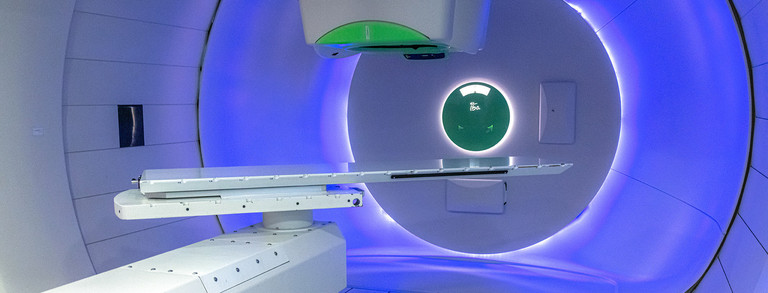Ligand-optimized sensitizers in PT for tailored reactive oxygen species
State-of-the-art: Although PT is meanwhile frequently applied in cancer treatment, it is still subject to intense research aiming to improve its effectiveness and at the same time reduce treatment-related side effects. Here, nanoparticulate sensitizers made of (doped) noble metals (Au, Pt) were found to be highly promising to fulfill these needs [Zwi22], rather likely because of the generation of ROS that can diffuse from the cytosol or maybe even from
outside the cell into the nucleus and locally enhance radiation effects [Tra16, Peu19]. Most recently, in proof-of-principle experiments evidence was provided that the sensitizing effect of ligand-functionalized NPs can be even superior to ligand-free NPs [Zwi24]. However, a systematic understanding how the interplay of the inorganic NP core and the ligand, for instance assessable via the binding strength or the redox of the ligand, affects the amount, type of reactive species (oxygen: ROS, nitrogen: RNS, sulfur: RSS), and its lifetime, is missing.

Contact:
Prof. Dr. Doris Segets



